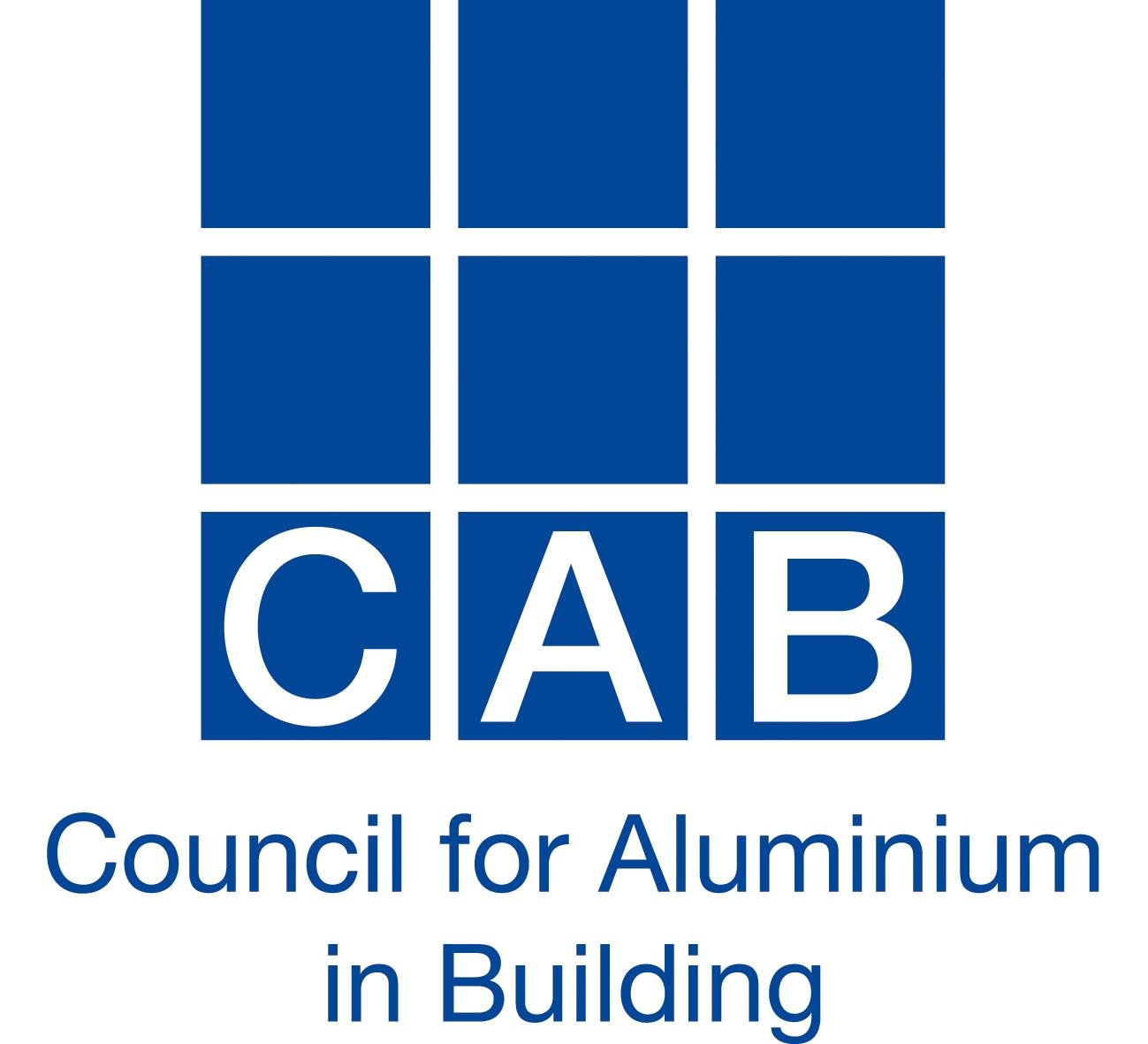Styles of Windows & Doors
-
Casement Window
This is the most common type of window used in UK housing. The windows are usually divided into several sections or ‘inserts’ that open outwards. Opening windows are usually hinged to the side or the top. Casement windows can be modern or traditional in appearance.

-
Tilt Turn Window
This is a type of window most associated with Continental Europe. Typically these inward opening windows are designed with a smaller number of large inserts and tend to look more modern. Turn the handle through 90° and the window tilts inwards on the bottom hinge; turn the handle through 180° and the window swings inwards on its side hinge.

-
Sliding Sash Window
Used widely in Georgian, Victorian and Edwardian period homes, the style of the original box sash window remains popular, particularly in more traditional properties in the UK. There are now a number of more up-to-date interpretations of the original. Modern alternatives are available where the counterweights are replaced with spring balances. This has the advantage of reducing the thickness of the outer frame.

-
Sliding Window
Horizontal sliding windows offer a window solution where there is no internal or external projection of a window vent frame once open. This could be used to save space and offer safety when used where access is limited.

-
Fully Reversible Window
Primarily designed for flats, these windows have a simple open outward design and can be fully rotated for easy cleaning from the inside.

-
Fixed Light
A fixed light or fixed window can be made to complement any of the opening window types described in this guide. They can be very large as the maximum size is not limited by the weight a hinge can carry.

-
Residential Door
Residential doors may be used as a front door, that open inwards (usually locks when shut), a back door, that usually open outwards (that can be shut without it locking) and double doors or French doors that have been a very popular way to open up the living room to the back garden, particularly in more traditional properties. Typically, the maximum width of a door leaf is about 1.3m.

-
Patio Door
Sliding patio doors usually comprise two, three or four panels, of which some will slide and some will normally be fixed. This style of door can incorporate very large panes of glass, to give the most uninterrupted views.
There are a number of different variations when it comes to the way these doors operate, the most popular two types are, 'Sliding', a standard operation where the doors slide on tracks and 'Lift and slide' where turning the handle through 180° lifts the door by a few millimetres to reduce friction and make it slide more easily.

-
Folding Sliding Door
Also known as bi-fold doors, bifold doors have become very popular in the UK in recent years. The doors open and fold concertina style so when open the door leafs can be folded back to the same side or split so they can be folded back with some on one side and some on the other. Either way, the appeal is that they open up around 90% of the aperture.

-
French Door
French windows, or doors, are typically twin side hung vents or doors meeting when closed without a central mullion. These can be either an open in design or open out. Often fitted with espagnolette or multi-point locking hardware, the design allows for a wide unobtrusive opening to be created.

-
Room Dividers
Aluminium framed room dividers allow for larger indoor spaces to be sectioned off without ‘closing’ the space. Used between rooms the use of room dividers can allow ares of a room to be used for differing activities.

-
Curtain Wall
Curtain wall is a glass facade most often associated with commercial buildings like office blocks. On a smaller scale, curtain wall can have some very striking applications in domestic properties, particularly in creating a double height atrium or stairwell.

-
Roof light
With low maintenance and structural integrity aluminium is an ideal framing material for roof lights of all designs, including flat roof lights, pitched and lantern lights.

-
Conservatory
Conservatories usually consist of a complete glazed structure, containing windows, doors and a glazed roof. Usually a self supporting structure, which uses the structural capability of aluminium, conservatories are often provided to bespoke sizes and designs.

-
Orangery
A similar construction to a conservatory, but with a flat roof complete with one or more pyramid style roof lights.
An orangery or orangerie was a room or a dedicated building on the grounds of fashionable residences from the 17th to the 19th centuries where orange and other fruit trees were protected during the winter, as a very large form of greenhouse or conservatory.

